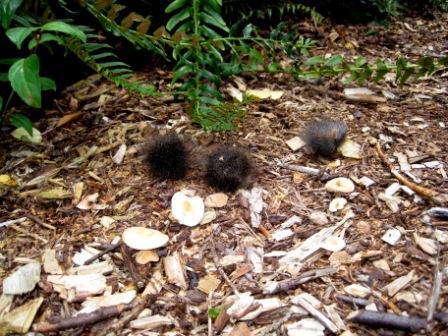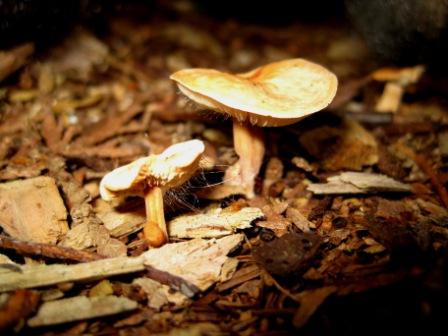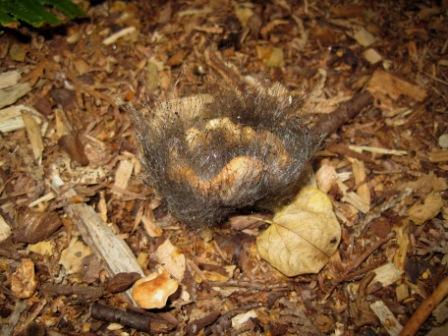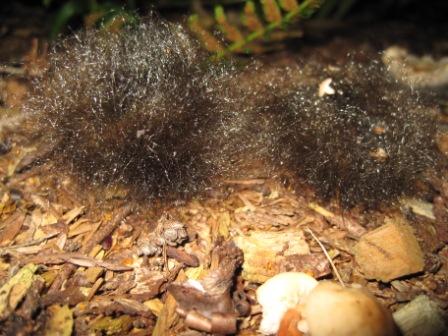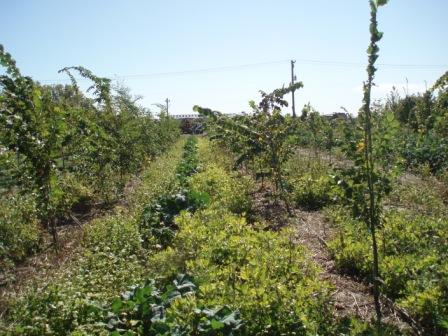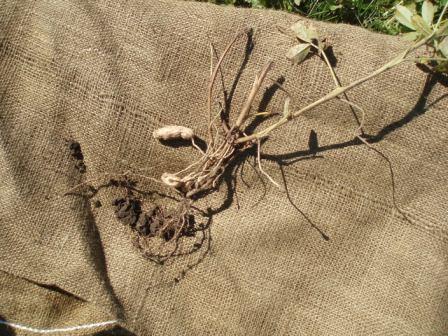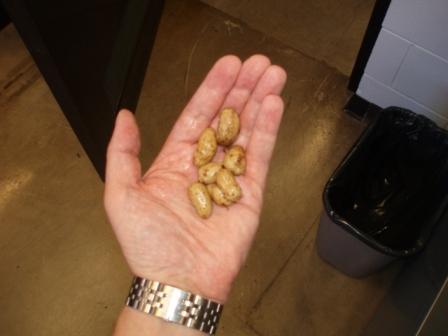My name is Bert and I’m a Weather Channel junkie. It started innocently enough; sneaking an occasional peek at the local radar. Then I found myself sticking around for the next Local on the 8’s just for the smooth jazz. The progression from there was steady and predictable: Glued, trance-like, to the couch for re-runs of ‘Storm Stories’ and ‘When Weather Changed History’; setting my alarm 20 minutes early to catch ‘Wake up with Al’ so I could get my morning Stephanie Abrams fix. My downward spiral was further enabled by weather.com. I knew I needed help when I found myself checking the local radar to see if it was raining instead of just looking out the window. 
Admit it. If you’re a gardener or work with gardeners, you’re probably hooked too. Hard to imagine a Saturday or Sunday morning that doesn’t start with tuning in to TWC or clicking on weather.com. The local radar and weather warnings, of course, are indispensible. We had a frost advisory in our area last night and I’m sure some folks will get an extra couple weeks out of their annuals if they paid attention and got them covered.

An often-overlooked feature on weather.com that I encourage gardeners and landscapers to use is the wind forecast. If you go to your local hourly forecast and click on ‘details’, it provides an hour-by-hour forecast for local wind conditions. This is a great way to plan any herbicide applications (e.g, Round-up or Weed-B-gone) you may be contemplating. Doing a little planning and spraying when conditions are calm is one of the best ways to avoid off-target injury.
So clearly there are plenty of reasons to keep us hooked and tuning in, even if some aspects of TWC are getting just a little too predictable:

Studio anchor: And now we go to Jim Cantore, who’s on the Outer Banks where Hurricane Holly is about to make landfall. Jim, what’s the latest out there?
Cantore (braced against a gale but looking studly in his official Weather Channel raingear): Well, just like the other 73 hurricanes I’ve been in, it’s raining. And the wind is blowing really, really hard!
Cut back to studio anchor: Thank you, Jim, for that insightful report.
The Weather Channel, live by it.
</d
